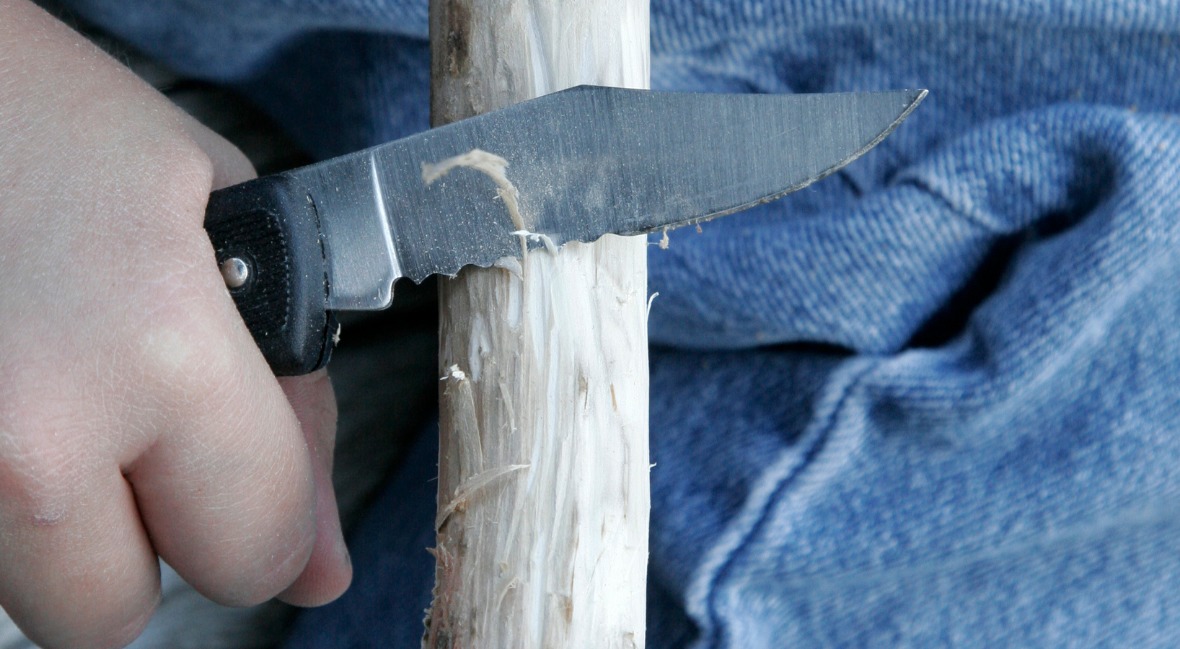In the world of kitchen knives, the choice of handle material can significantly impact the performance and comfort of the tool. For many kitchen professionals, the debate between G10 vs Micarta handles is a pivotal one. Both materials offer unique benefits and drawbacks, and understanding these can help chefs and culinary enthusiasts make the best choice for their needs.

What Are G10 Handles?
G10 is a high-pressure fiberglass laminate, a type of composite material. It's a favorite in the knife-making community for its durability and resistance to moisture. Created by stacking multiple layers of fiberglass soaked in resin, G10 is then compressed and baked to produce a tough, impervious material.
One of the key advantages of G10 is its superior resistance to water and humidity, making it an excellent choice for environments where moisture is a concern. Additionally, G10 handles are known for their strength and ability to withstand heavy use without cracking or chipping.
Exploring Micarta Handles
Micarta is another popular material used in knife handles. It is crafted from layers of linen, canvas, or paper impregnated with a phenolic resin. The result is a robust material that shares many of the resilience traits of G10, but with a few distinctive characteristics.
Many professionals prefer Micarta for its exceptional grip. Unlike G10, which can be somewhat smooth, Micarta offers a textured surface that can improve handling, especially when wet. This makes it a great choice for chefs who need precision and control in their knife work.
Comparing Durability and Maintenance
When it comes to durability, both G10 and Micarta are considered top-tier materials. They are engineered to withstand daily wear and tear and can last for years in a professional kitchen setting. However, G10 generally has the edge in terms of toughness, particularly in high-impact situations.
On the other hand, Micarta handles require a bit more care. They can be susceptible to staining if not properly maintained, but they are also easier to sand and refurbish, which can be an advantage for those willing to invest a little time in upkeep.
Weight and Balance Considerations
Another critical factor for kitchen professionals is the weight and balance of their knives. G10 is typically heavier than Micarta, which can affect the overall feel of the knife. Some chefs prefer the heft of G10 for its balance, while others might favor the lighter feel of Micarta, which can reduce fatigue during extended use.
Ultimately, the choice between G10 and Micarta will depend on personal preferences regarding weight distribution and how it influences cutting techniques. Both materials can be tailored to create a well-balanced knife, but understanding how they affect handling is crucial.
Choosing the Right Handle for Your Needs
For those in the culinary field, selecting the right handle material involves considering how the knife will be used. If you work in a high-moisture environment, a G10 handle might be more suitable due to its water-resistant properties. Conversely, if grip and control are your top priorities, a Micarta handle could be the better option.
It's also worth exploring the specific knives available with each handle type. For example, sharpening a fillet knife requires precision that might be better served by a Micarta handle, whereas tasks requiring more force might benefit from the sturdiness of G10.
Conclusion: Personal Preference and Professional Needs
Ultimately, the decision between G10 vs Micarta handles comes down to personal preference and specific professional needs. Both materials offer excellent attributes that can enhance the performance of kitchen knives. By understanding the unique benefits of each, kitchen professionals can make informed choices that best suit their work environment and personal style.
For a detailed guide on different types of knives and their uses, visit Types of Knives.

FAQs
What is the main difference between G10 and Micarta?
The primary difference lies in their composition and texture. G10 is made from fiberglass and resin, offering moisture resistance and durability, while Micarta is made from fabric and resin, providing a better grip.
Which handle material is easier to maintain?
G10 is generally easier to maintain due to its resistance to moisture and staining. Micarta requires more care to prevent staining but can be refurbished if necessary.
Are G10 and Micarta handles suitable for all types of kitchen knives?
Yes, both G10 and Micarta handles can be used for various types of kitchen knives. The choice depends on the specific needs of the user, such as grip, weight, and environmental conditions.
This article contains affiliate links. We may earn a commission at no extra cost to you.


























